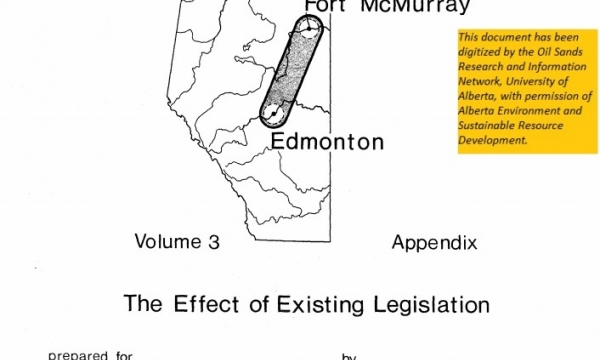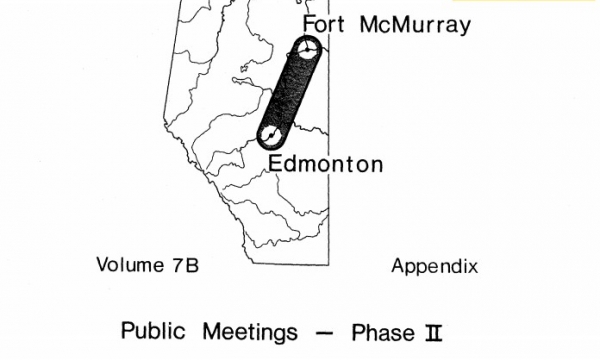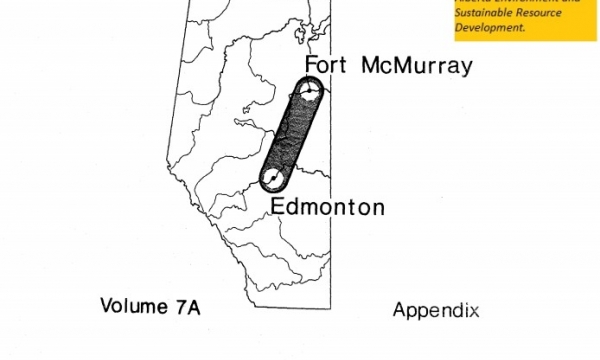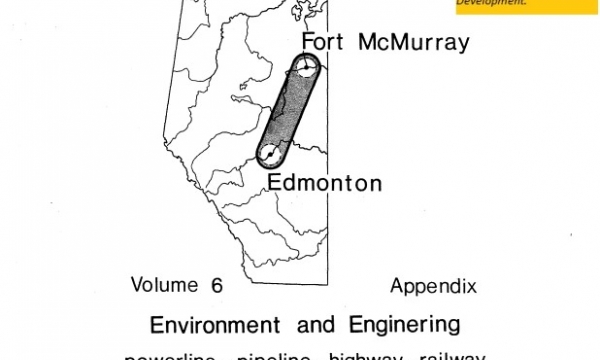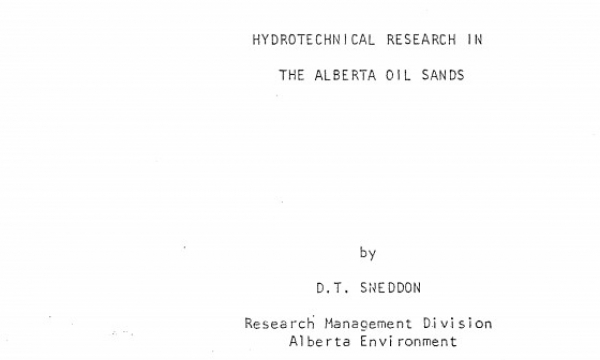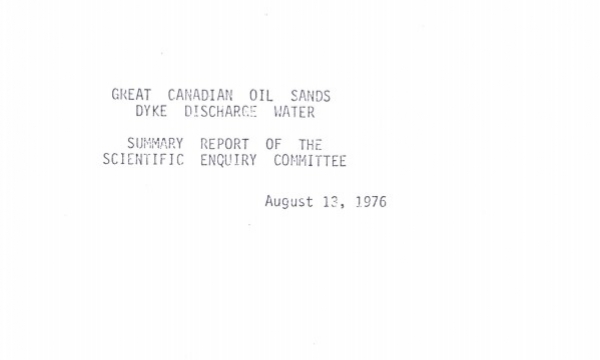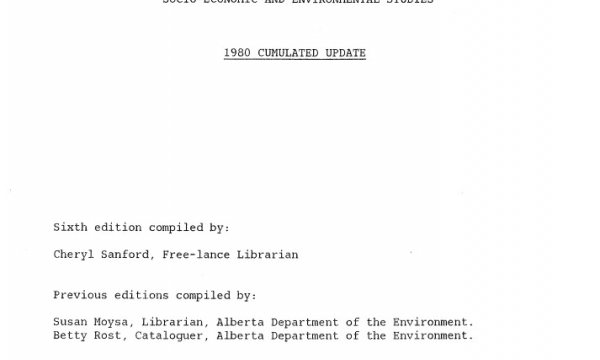Land Management Resources
Resource
Authors
Techman Ltd.
Rheinbraun - Consulting GmbH
Provides comprehensive review of the technical problems facing future oil sands developments and suggests options helpful in formulating oil sands mining, tailings disposal and reclamation plans
Resource
Authors
Ronald Swist
Cameron MacKay
Examine existing legislation to determine (1) what machinery is available for the creation of a transportation corridor, (2) what problems accrue or could accrue by virtue of that legislation
Resource
Authors
Stewart Weir Stewart Watson & Heinrichs
Technical meetings were held to obtain pertinent information from these people to complete specific parts of the study: Calgary Technical Group, Calgary Industry Seminar, Edmonton Study Group
Resource
Authors
Stewart Weir Stewart Watson & Heinrichs
A 16 page questionnaire was prepared and sent to some six hundred landowners in the area from Fort Saskatchewan north to Atmore (120 responded); public meetings were held in 7 locations
Resource
Authors
Stewart Weir Stewart Watson & Heinrichs
Existing Facilities Location of Transportation Facilities Pipeline and Powerline Impact Rural Agricultural Area The Environmental Impact Analysis Corridor Cross-Section Cost Analysis Inter-Party Respo
Resource
Hydrotechnical research in the Alberta Oil Sands has been oriented toward establishment of baseline (pre-development) environmental conditions and identification of contaminant transport mechanisms
Resource
Authors
Scientific Enquiry Committee
Evaluate impact of the GCOS tailings discharges on the Athabasca River, and to provide recommendations on any necessary action to be taken by Alberta Environment and Great Canadian Oil Sands Limited.
Resource
Objective of is to provide a comprehensive listing of reports relating to the socio-economic and environmental aspects of the development of the Athabasca oil sands; contains about 1900 references
Resource
Authors
Russell Ecological Consultants
There were few significant differences among provenances for any of the native species. This suggests that genotypic differences were small among the populations tested.
Resource
Authors
Russell Ecological Consultants
Species performances were generally poor in the species adaptability trials at Cadomin. Contrastingly, most species performed reasonably well in the species adaptability trial at Mildred Lake



